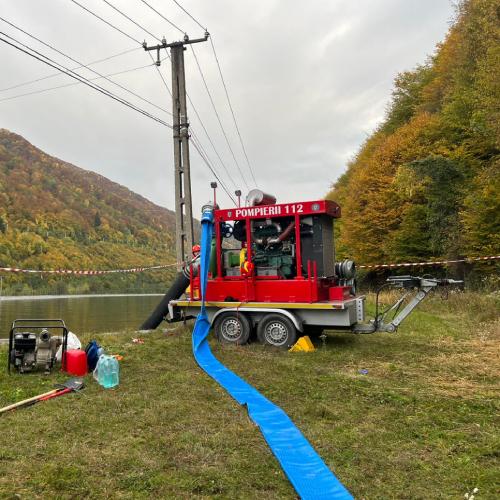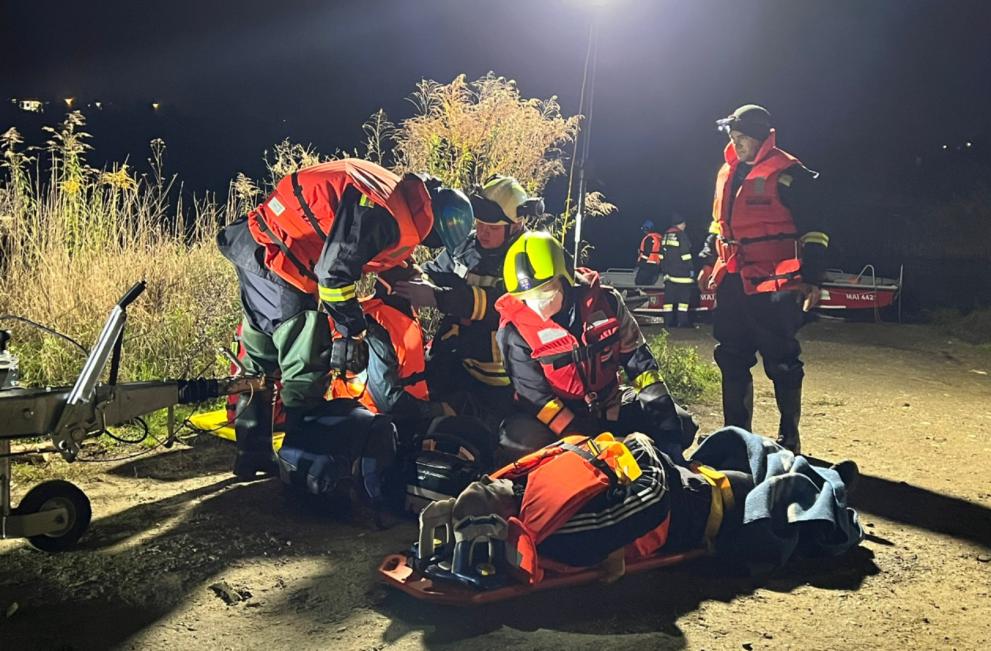
EU MODEX Romania tests flood response
When massive flooding overwhelms the capacity of a country to cope, how do international teams come to offer assistance? EU modules field exercises create realistic scenarios that test and train specialised teams to be ready for real-life emergencies.

